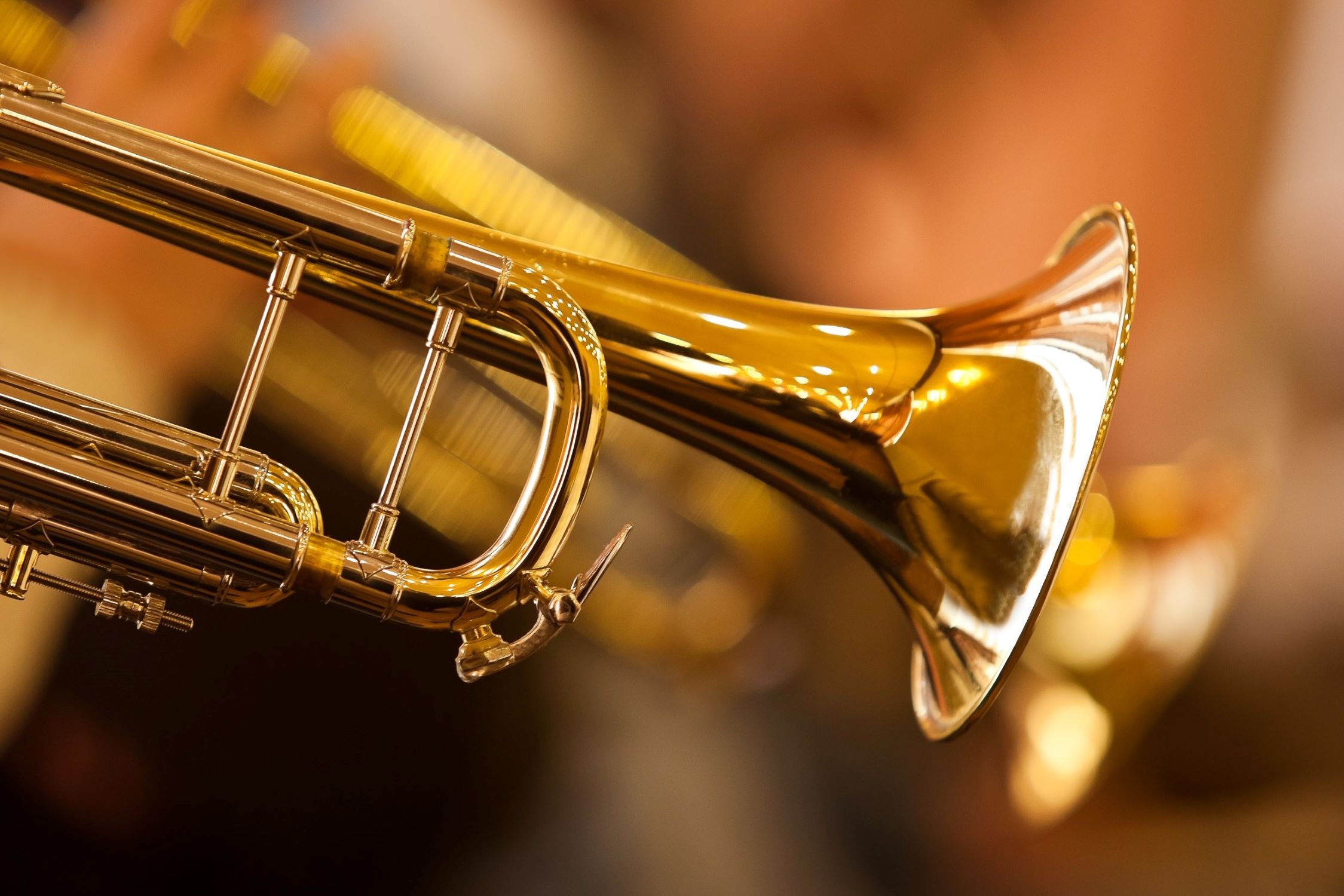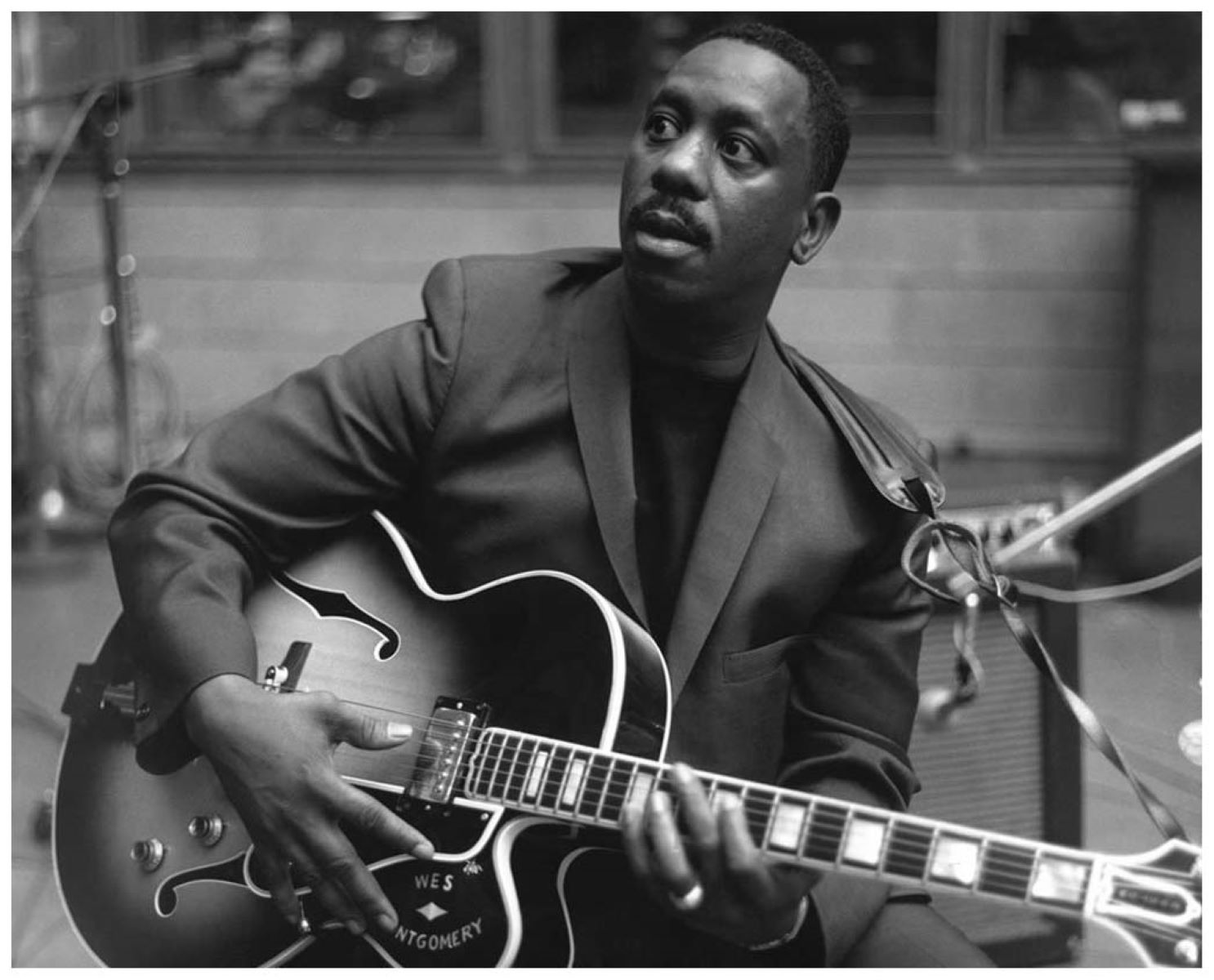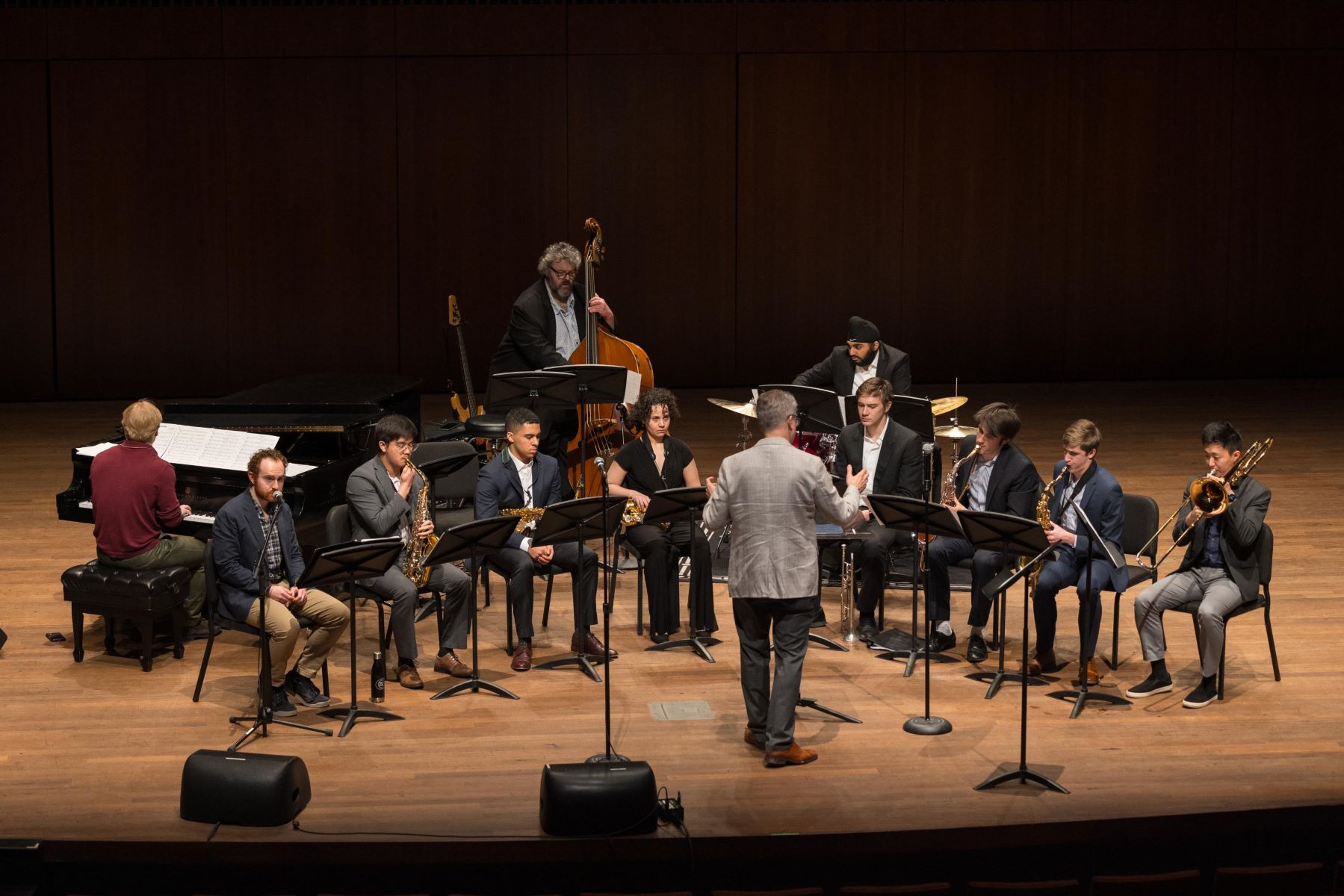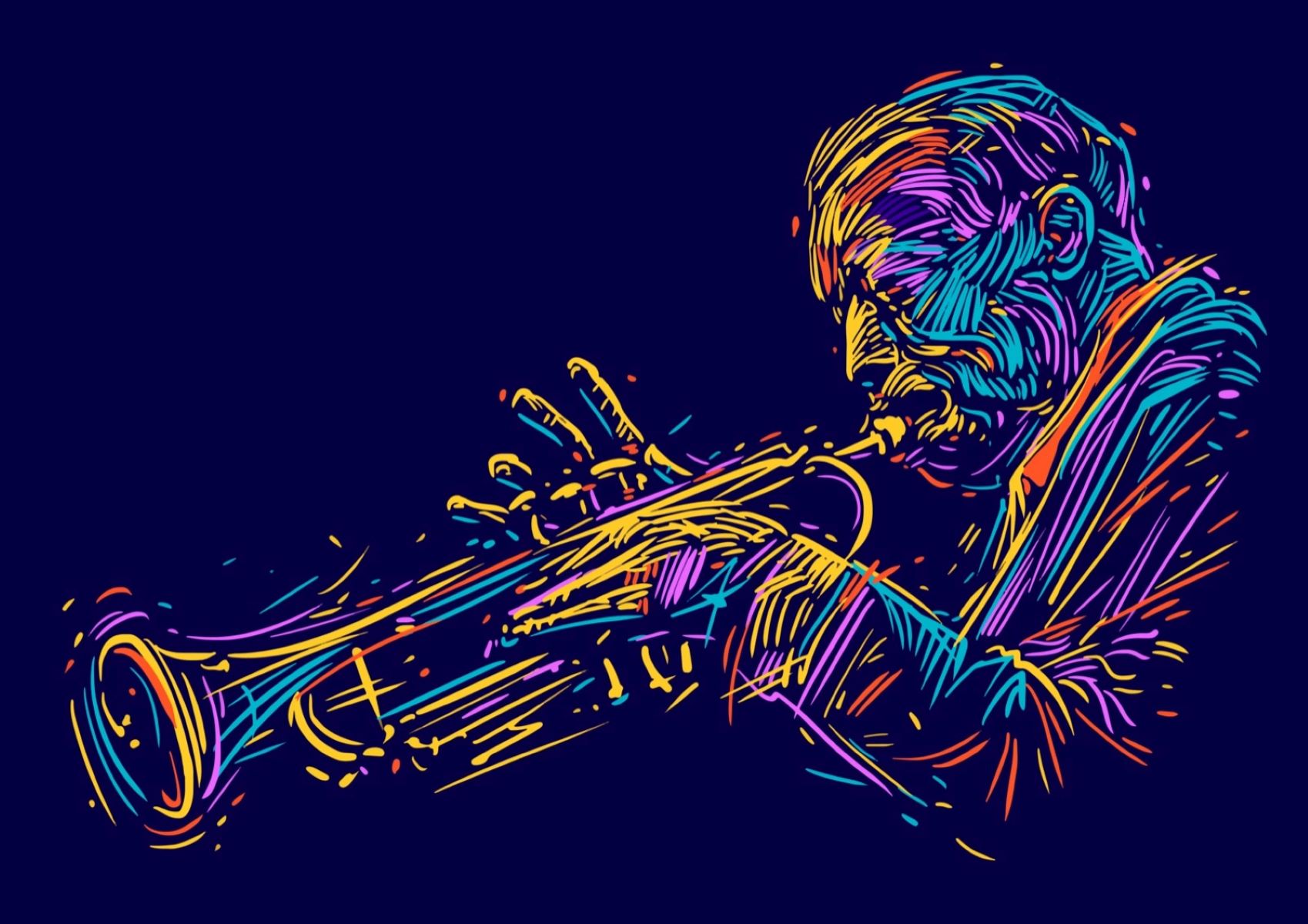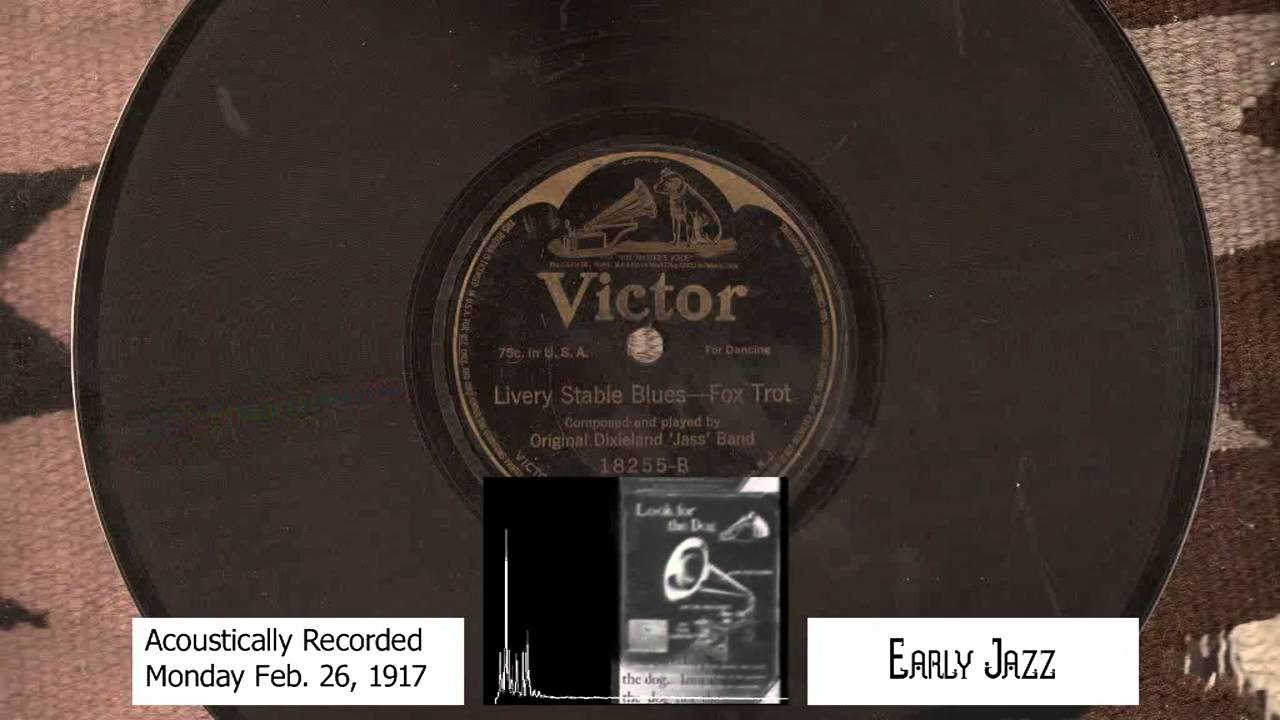Home>Genres>Jazz>Of These Styles Of Jazz Music Which One Was The First To Develop
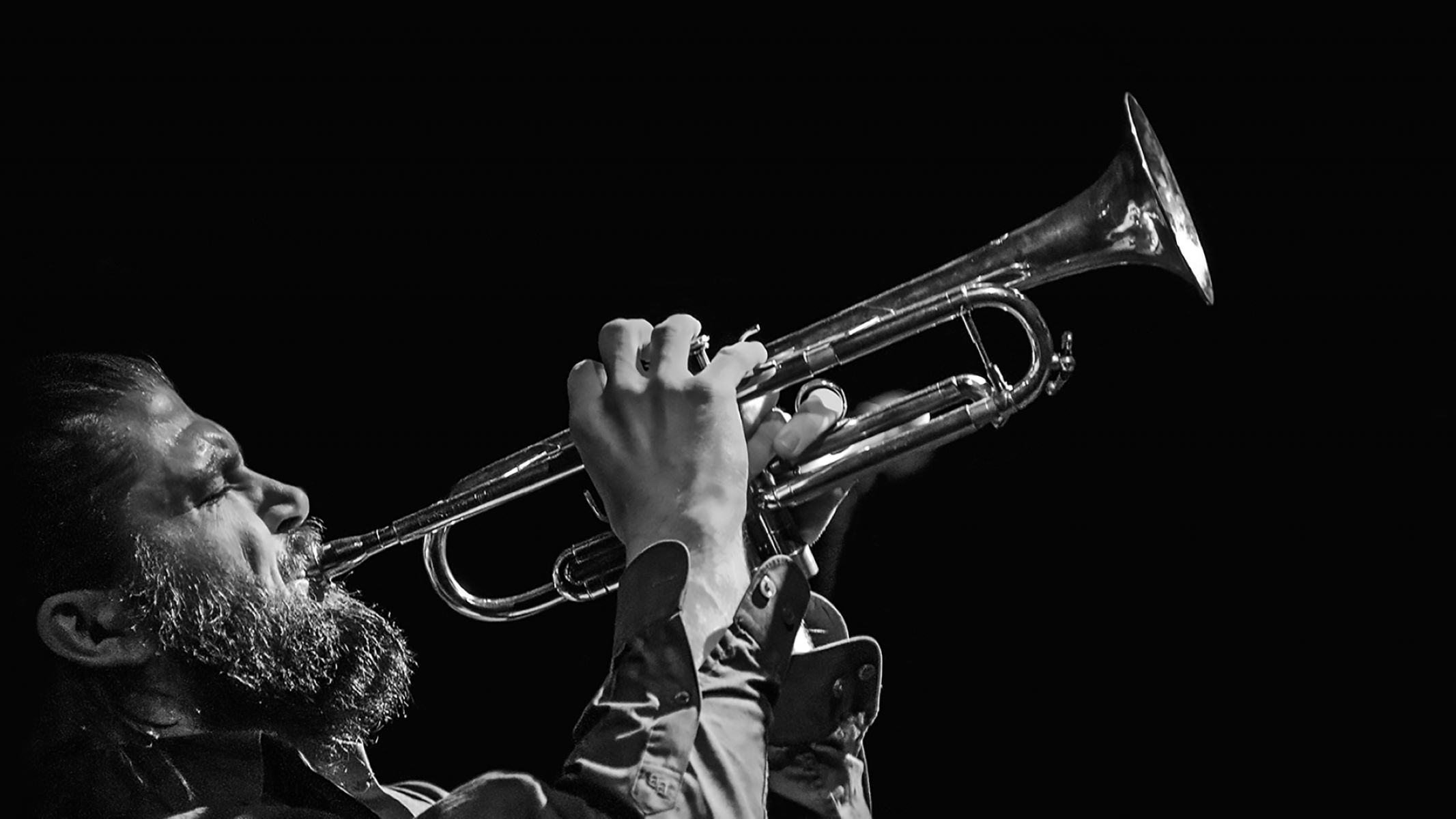

Jazz
Of These Styles Of Jazz Music Which One Was The First To Develop
Modified: January 22, 2024
Discover the origins of jazz music and its various styles. Find out which style was the first to develop and shaped the genre.
(Many of the links in this article redirect to a specific reviewed product. Your purchase of these products through affiliate links helps to generate commission for AudioLover.com, at no extra cost. Learn more)
Table of Contents
Introduction
Jazz, often hailed as America’s greatest contribution to the world of music, is a genre that has its roots deeply embedded in African American culture and history. Although it has evolved and branched out into various styles over the years, it all began with the rich and rhythmic sounds of the early 20th century. This article explores the different styles of jazz music and examines which one paved the way for the rest.
As with any genre, tracing the exact origins of jazz proves challenging. However, there are several styles that emerged during different time periods, each playing a vital role in the development and evolution of jazz music. From the syncopated rhythms of Ragtime to the improvisations of Bebop, each style showcases the unique characteristics and innovations that define jazz as a genre.
By understanding the distinguishing features of these various styles, we can gain a deeper appreciation for the complexity and versatility of jazz music. So, let’s embark on a musical journey through time, discovering the first styles that set the foundation for the magnificent world of jazz.
Ragtime Jazz
Ragtime jazz, often referred to as “ragtime,” emerged in the late 19th century and is considered one of the earliest forms of jazz music. Originating in African American communities in cities such as New Orleans and St. Louis, ragtime jazz is characterized by its syncopated rhythms and lively melodies.
The term “ragtime” refers to the ragged or syncopated rhythms that were fundamental to the style. These rhythms, often played on the piano, featured an offbeat accent known as the “ragged time.” This rhythmic complexity created an exciting and energetic feel, making ragtime jazz a truly unique art form.
One of the most influential ragtime jazz composers and performers was Scott Joplin, known as the “King of Ragtime.” His compositions, such as “Maple Leaf Rag” and “The Entertainer,” became iconic pieces in the ragtime repertoire. Joplin’s melodies combined the syncopated rhythms of ragtime with classical harmony, elevating the genre to new heights.
Ragtime jazz gained popularity through sheet music publications, which allowed musicians from different parts of the country to perform the music. Its infectious rhythms and lively melodies captured the imagination of audiences, spreading the influence of ragtime beyond its birthplaces.
Although ragtime jazz eventually lost its prominence with the rise of other jazz styles, its impact on the genre cannot be overstated. The syncopated rhythms and virtuosic piano playing techniques of ragtime laid the foundation for future jazz musicians, influencing the development of improvisation and swing.
Today, ragtime jazz is still enjoyed and performed by musicians dedicated to preserving this important piece of jazz history. Its lively and energetic nature continues to captivate audiences, showcasing the enduring legacy of ragtime within the realm of jazz music.
Dixieland Jazz
Dixieland jazz, also known as traditional jazz or New Orleans jazz, emerged in the early 20th century and played a significant role in the development of jazz music. Originating in the city of New Orleans, Dixieland jazz is characterized by its lively and collective improvisation, polyphonic ensemble playing, and distinctive rhythmic feel.
The term “Dixieland” is derived from the nickname for the southern United States, particularly the states below the Mason-Dixon line. Dixieland jazz was heavily influenced by the marching band traditions and the diverse cultural melting pot of New Orleans, fusing elements of African, European, and Caribbean music.
Dixieland jazz typically features a front line of instruments, including the trumpet, clarinet, and trombone, playing vibrant and improvised melodies, while the rhythm section, consisting of piano, drums, banjo or guitar, and double bass, maintains a steady beat. The musicians engage in a collective improvisation, taking turns to solo while the others provide accompaniment.
Iconic figures such as Louis Armstrong, Jelly Roll Morton, and King Oliver were instrumental in popularizing Dixieland jazz and showcasing its exuberant spirit. Their innovative playing and improvisation techniques helped shape the sound and style of this early form of jazz.
Dixieland jazz gained widespread popularity in the 1910s and 1920s, as it spread from New Orleans to other cities, particularly Chicago. Jazz bands sprouted up in various venues, including dance halls, speakeasies, and riverboats, attracting enthusiastic audiences seeking energetic and infectious music.
While Dixieland jazz experienced a decline in popularity during the swing era, it experienced a resurgence in the 1940s with the advent of the traditional jazz revival. Musicians such as the Dukes of Dixieland and the Preservation Hall Jazz Band carried on the tradition, keeping the spirit of New Orleans jazz alive.
Today, Dixieland jazz continues to be celebrated for its lively and energetic style. Its influence can be felt in other jazz subgenres, and its legacy as an essential part of jazz history remains intact. The joyful and communal spirit of Dixieland jazz continues to inspire musicians and audiences alike, reminding us of the power of this early form of jazz music.
Swing Jazz
Swing jazz is a subgenre of jazz that emerged in the 1930s and became one of the most popular and influential styles of its time. Known for its infectious rhythm, smooth melodies, and dynamic big band arrangements, swing jazz captured the hearts of audiences around the world and brought jazz into the mainstream.
The term “swing” refers to the propulsive and rhythmic feel created by emphasizing the offbeat or backbeat. Swing jazz features a strong emphasis on syncopated rhythms, creating a sense of forward momentum and a feeling of “swinging” or “grooving.” This rhythmic style gave musicians plenty of space for improvisation within a structured arrangement.
One of the key components of swing jazz was the big band ensemble, comprised of sections of brass, woodwinds, and rhythm instruments. The big bands were led by influential bandleaders, such as Duke Ellington, Count Basie, and Benny Goodman, who helped define the sound and style of swing.
The swing era saw the rise of legendary soloists, such as saxophonist Coleman Hawkins and trumpeter Roy Eldridge, who pushed the boundaries of improvisation and brought new levels of virtuosity to the genre. Vocalists like Ella Fitzgerald and Frank Sinatra also became popular during this time, adding a new dimension to swing jazz with their smooth and melodic interpretations.
The popularity of swing jazz reached its peak in the late 1930s and early 1940s, with dance halls and ballrooms filled with enthusiastic dancers eager to move to the infectious rhythms. The swing era’s impact on popular culture was profound, as it not only influenced music but also fashion, dance, and social behavior.
However, the swing era began to fade as World War II unfolded, and the focus shifted to smaller combos and the emergence of new jazz styles like bebop. Despite its decline in popularity, swing jazz remained influential, laying the foundation for subsequent jazz movements and leaving an indelible mark on the evolution of the genre.
Today, swing jazz continues to be celebrated and enjoyed by jazz enthusiasts worldwide. Its timeless melodies, energetic rhythms, and exciting improvisation continue to inspire musicians and bring joy to listeners, keeping the spirit of swing jazz alive for generations to come.
Bebop Jazz
Bebop, also known as bop, was a revolutionary movement in jazz that emerged in the 1940s as a response to the constraints of the swing era. Characterized by complex harmonies, fast tempos, and intricate improvisation, bebop jazz pushed the boundaries of what was considered musically possible.
The birth of bebop can be attributed to a group of innovative musicians, including Charlie Parker, Dizzy Gillespie, Thelonious Monk, and Bud Powell. Frustrated with the commercialism of swing jazz, they sought to create music that focused on artistic expression and individual virtuosity.
Bebop introduced a new approach to improvisation, moving away from the predictable and formulaic solos of swing jazz. Musicians in the bebop movement emphasized harmonic complexity, using advanced chord progressions and rapid chord changes to create intricate and challenging melodies.
The rhythmic and melodic innovations of bebop required exceptional technical skill and a deep understanding of music theory. Soloists engaged in extended improvisations, showcasing their mastery of their instruments and pushing the boundaries of jazz improvisation.
Bebop also brought changes to the ensemble structure. Smaller combos became more prevalent, allowing for greater interaction and flexibility among musicians. This shift gave individual players more opportunities to shine and express their unique musical voices.
The impact of bebop jazz extended beyond the music itself. The movement sparked a cultural renaissance, as musicians, artists, and intellectuals embraced the spirit of artistic innovation and individualism. Bebop became synonymous with a new era of jazz, one that celebrated creativity, intellectualism, and pushing the boundaries of tradition.
While bebop faced initial resistance from some listeners and musicians who found its complexities challenging to comprehend, its influence on subsequent jazz movements cannot be understated. Many modern jazz styles, such as hard bop, cool jazz, and post-bop, drew inspiration from the innovations of bebop.
Today, bebop jazz continues to be revered for its technical prowess, intellectual depth, and sheer artistic brilliance. Its legacy lives on in the recordings of the bebop pioneers and in the ongoing exploration of jazz musicians who continue to be inspired by the spirit of innovation and individual expression that defines this groundbreaking movement.
Cool Jazz
Cool jazz, a subgenre of jazz that emerged in the 1950s, presented a stark contrast to the high-energy and complex improvisations of bebop. With its relaxed and understated approach, cool jazz introduced a new aesthetic characterized by calmness, subtlety, and a focus on intricate arrangements.
The origins of cool jazz can be traced back to the West Coast jazz scene, particularly in Los Angeles. Musicians such as Gerry Mulligan, Chet Baker, Dave Brubeck, and Stan Getz were among the key figures who pioneered this style. They sought to create a more laid-back and introspective form of jazz that showcased melodic beauty and sophisticated harmonies.
Compared to the frenetic and technical virtuosity of bebop, cool jazz emphasized a more relaxed tempo and a lighter touch. The melodies were often smooth, with a focus on creating a tranquil and serene atmosphere. Improvisations were less intense and more melodically structured.
Cool jazz also incorporated influences from classical music, with arrangements that featured intricate counterpoint, extended chord voicings, and complex harmonic progressions. Musicians explored new timbral possibilities by incorporating instruments like the flute and the French horn, adding a unique color to the ensemble.
The popularity of cool jazz skyrocketed in the 1950s, as it appealed to a wider audience beyond jazz enthusiasts. Its accessible melodies and relaxed ambiance made cool jazz a favorite choice for evening listening and intimate social gatherings.
Cool jazz also played a significant role in bridging the gap between jazz and popular music. Artists like Miles Davis, with his landmark album “Birth of the Cool,” and the Modern Jazz Quartet gained mainstream recognition, paving the way for the fusion of jazz and other genres in the years to come.
The influence of cool jazz can still be felt in contemporary jazz and popular music. Its emphasis on melody, subtlety, and sophisticated arrangements remains a hallmark of many jazz subgenres, including smooth jazz and contemporary jazz.
Cool jazz remains a cherished part of jazz history, revered for its elegant and refined approach. Its contributions to the jazz canon and its impact on subsequent movements make cool jazz an essential chapter in the evolution of the genre.
Hard Bop Jazz
Hard bop, a style that emerged in the 1950s and 1960s, served as a response to the cool jazz movement and a return to a more intense and soulful sound. Hard bop jazz infused elements of blues, gospel, and R&B into the traditional jazz framework, resulting in a powerful and energetic musical expression.
Hard bop reinvigorated the jazz scene and drew upon the bebop innovations while incorporating a greater emphasis on groove, soulfulness, and emotional depth. It featured driven and dynamic rhythms, soulful melodies, and strong improvisation rooted in the blues tradition.
Some of the prominent figures associated with hard bop include Art Blakey and the Jazz Messengers, Horace Silver, and Cannonball Adderley. These musicians brought a fresh and raw energy to their performances, often with an emphasis on group dynamics and a focus on soulful compositions.
Unlike cool jazz, hard bop was unafraid to explore more aggressive and intense improvisations. Musicians often engaged in extended solos, using powerful and expressive techniques to push the boundaries of their instruments. Hard bop also featured a strong rhythmic foundation, with driving percussion and energetic basslines that created a propulsive and grooving feel.
Hard bop jazz not only drew influences from African American musical traditions but also reflected the social and political climate of the time. It served as a platform for self-expression and a way to explore complex and nuanced emotions through music.
While hard bop had a significant impact on the jazz scene during the 1950s and 1960s, its influence extended beyond that era. It laid the foundation for subsequent jazz styles, such as soul jazz and jazz-funk, and had a profound impact on the development of fusion jazz in the following decades.
Today, hard bop jazz continues to be celebrated for its emotional depth, powerful performances, and its ability to connect with audiences on a visceral level. Its legacy lives on in the recordings and performances of the musicians who embraced the spirit of hard bop, leaving a lasting impact on the evolution of jazz as a genre.
Free Jazz
Free jazz, an avant-garde jazz movement that emerged in the late 1950s and early 1960s, shattered the traditional conventions of jazz music. It pushed the boundaries of improvisation, structure, and composition, giving musicians complete freedom to explore new sonic territories and express themselves in unconventional ways.
Free jazz, sometimes referred to as “free form” or “improvisation without boundaries,” sought to break away from the constraints of harmonic and rhythmic structures that defined earlier jazz styles. This movement was led by visionary artists such as Ornette Coleman, John Coltrane, and Albert Ayler, who sought to challenge established norms and create a more spontaneous and unrestrained form of expression.
In free jazz, improvisation became the primary focus, with musicians often disregarding traditional song structures and chord progressions. This allowed for individual expression and the exploration of unconventional sounds, textures, and tonalities. The collective interaction and dialogue between musicians became paramount, creating a unique and unpredictable musical experience.
Free jazz also introduced unconventional techniques and extended instrumental techniques. Musicians experimented with unconventional playing methods, such as multiphonics, overblowing, and unconventional use of their instruments. This created a range of unique and often raw sounds, challenging listeners’ expectations and pushing the boundaries of their perception.
Despite its avant-garde nature, free jazz had a profound influence on the evolution of the jazz genre as a whole. It opened doors for greater experimentation, leading to the emergence of various fusion genres and new approaches to composition and improvisation.
While free jazz was met with mixed reactions initially, it eventually gained recognition for its artistic bravery and its ability to capture the spirit of artistic freedom and individual expression. Today, free jazz continues to be celebrated as a vital and groundbreaking movement within the jazz tradition, inspiring musicians to explore the limitless possibilities of sound and to challenge the norms of musical expression.
Fusion Jazz
Fusion jazz, sometimes referred to as jazz fusion or jazz-rock fusion, emerged in the late 1960s and gained popularity in the 1970s. It is a genre that combines elements of jazz with rock, funk, and other styles, resulting in a dynamic and eclectic fusion of musical influences.
Fusion jazz was a response to the changing musical landscape of the time, as musicians sought to experiment with new sounds and bridge the gap between jazz and popular music. Artists such as Miles Davis, Weather Report, and Herbie Hancock played pivotal roles in popularizing and innovating the fusion jazz genre.
Fusion jazz incorporates the improvisational nature of jazz with the energy and electrified instrumentation of rock music. It often features complex harmonies, virtuosic instrumental performances, and driving rhythms. The fusion of genres allowed for the integration of elements such as synthesizers, electric guitars, and electronic effects, resulting in a more expansive and experimental sonic palette.
One of the defining characteristics of fusion jazz is its emphasis on extended instrumental solos and improvisations. Musicians showcase their technical prowess and push the boundaries of their instruments, often incorporating elements of rock guitar solos or the intricate improvisations of jazz into the mix.
Fusion jazz also embraced elements of funk, incorporating funky basslines, syncopated rhythms, and infectious grooves. This fusion of styles created a compelling and danceable sound that appealed to a wide audience.
While fusion jazz gained popularity, it also faced criticism from jazz purists who felt that it deviated too far from the traditional jazz language and lost its improvisational depth. However, fusion jazz has undeniably left a lasting impact on the jazz genre, influencing subsequent genres such as jazz-funk, smooth jazz, and contemporary jazz.
Today, fusion jazz continues to evolve and expand, with contemporary artists blending jazz with even more diverse genres such as hip-hop, electronic music, and world music. This ongoing fusion of styles keeps the spirit of innovation and experimentation alive, ensuring that fusion jazz remains a vibrant and relevant part of the jazz tradition.
Conclusion
Jazz is a genre that has constantly evolved and branched out into various styles, each contributing to the rich tapestry of its history. From the syncopated rhythms of ragtime to the experimental improvisations of free jazz, each style showcased unique characteristics and innovations that shaped the genre. While it is difficult to pinpoint the exact first style to develop, all these styles collectively contributed to the growth and evolution of jazz music.
Ragtime jazz laid the foundation with its syncopated rhythms and lively melodies, paving the way for the emergence of Dixieland jazz, which brought a collective improvisational spirit to the forefront. Swing jazz captivated audiences with its infectious rhythm, sophisticated arrangements, and big band ensembles. Bebop jazz revolutionized jazz with its complex harmonies, fast tempos, and virtuosic improvisation.
Cool jazz brought a relaxed and understated approach, incorporating influences from classical music and appealing to a wider audience. Hard bop jazz reinvigorated the jazz scene with its focus on soulful melodies and intense improvisation, while free jazz pushed the boundaries of musical conventions and celebrated artistic freedom and experimentation. Fusion jazz fused jazz with rock, funk, and other genres, creating a dynamic and eclectic sound.
The beauty of jazz lies in its ability to constantly reinvent itself while staying true to its roots. Each style of jazz has left its indelible mark on the genre, influencing future musicians and shaping the direction of jazz music. From the early roots of ragtime to the boundary-breaking experiments of free jazz and fusion, the journey of jazz is a testament to the endless possibilities of musical expression.
As jazz continues to evolve, it is important to recognize and appreciate the contributions and innovations of each style. They are all interconnected, forming a rich and diverse musical heritage. Whether you find yourself captivated by the syncopated rhythms of ragtime or the experimental sounds of free jazz, there is something for everyone to enjoy and explore in the vast and ever-evolving world of jazz music.


